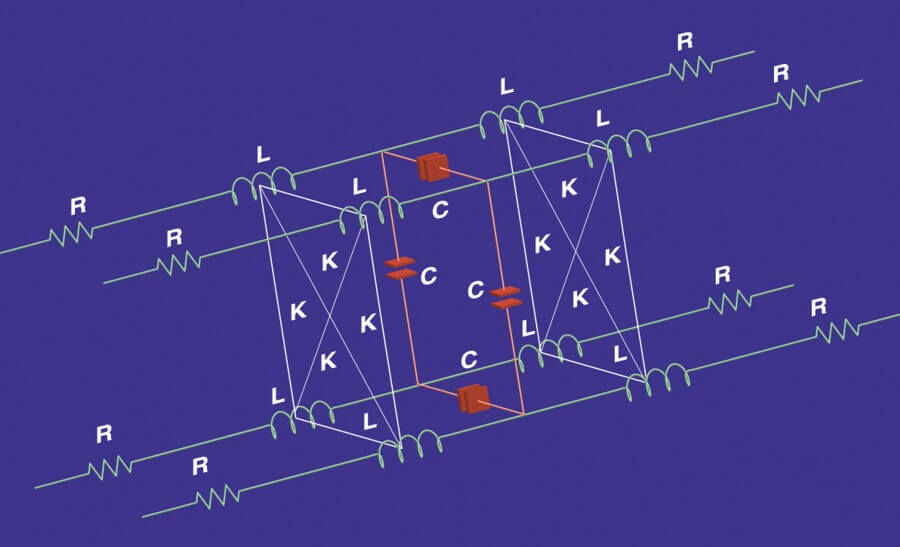In the first article of this series, we looked at how contacts are formed. This time, we’ll investigate the next step in the manufacturing process – plating.
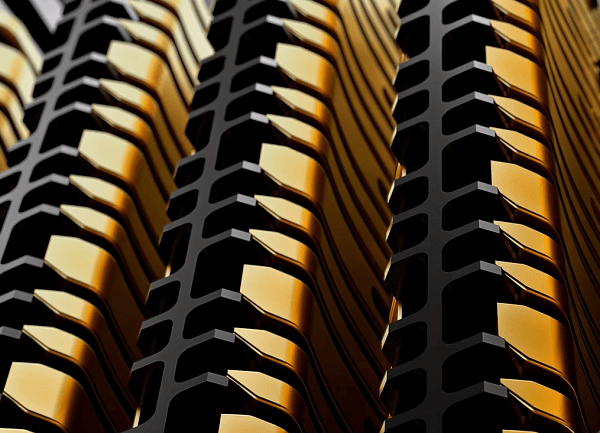
Have you ever looked closely at an electrical contact? Contacts may be small and hard to see, but they are the most important component in any connector. With their intricate design and shiny gold plating, they have as much in common with fine art as they do with electronic components. But connector manufacturers do not invest huge time, money and effort to simply make contacts look pretty.
Plating is the process which deposits an additional layer of metal over another. Very simply stated, this is achieved using an electrical charge and a liquid solution containing the plating material. It is a time-consuming and messy business, which begs the question: why go to so much effort?
What is plating for?
The plating of a contact helps perform several roles. A well-plated contact ensures the best possible conductivity of the electrical circuit. While the base material of the contact is conductive, plating reduces the electrical resistance of the contact itself. This allows electrical current to flow through the contact more easily.
Plating also serves a mechanical purpose. Rubbing two pieces of metal together causes friction and damage, and a layer of plating protects the base metal of the contact underneath. Gold is frequently used as a plating material for several reasons. Not only does it offer excellent conductive properties, but gold is also a noble metal and does not react with other materials. This makes it ideal for contact plating as it does not oxidise or tarnish in the atmosphere. This translates into great long-term durability in harsh environments.
In applications where cost is important, tin is sometimes used as an alternative to gold. While not as hard wearing as gold alloy, tin has the added advantage that it bonds well with solder, making it ideal for use on a printed circuit board (PCB). In fact, to combine the qualities of both gold and tin, contacts are frequently plated with both. The mating area of the contact is plated in gold to provide the best possible mating surface, and the termination end is plated in tin to give the best joint when soldered to the PCB. This process is called selective plating.
The Process
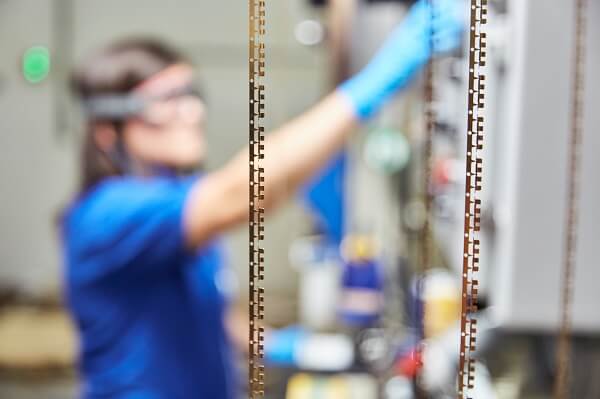
At the end of the last article, we had reached the stage of manufacturing where the contacts are formed in a long carrier strip or a bandolier. In order to plate the contacts, the strip or bandolier is fed through a long processing unit containing many baths. The contacts progress through the machine, entering one bath after another. It is important to remember that the process is continuous. Because the contacts are handled in long strips, it is very hard to pause or stop the process once started. The metal strip is cleaned and plated several times until the precise amount of metal is deposited on the contacts.
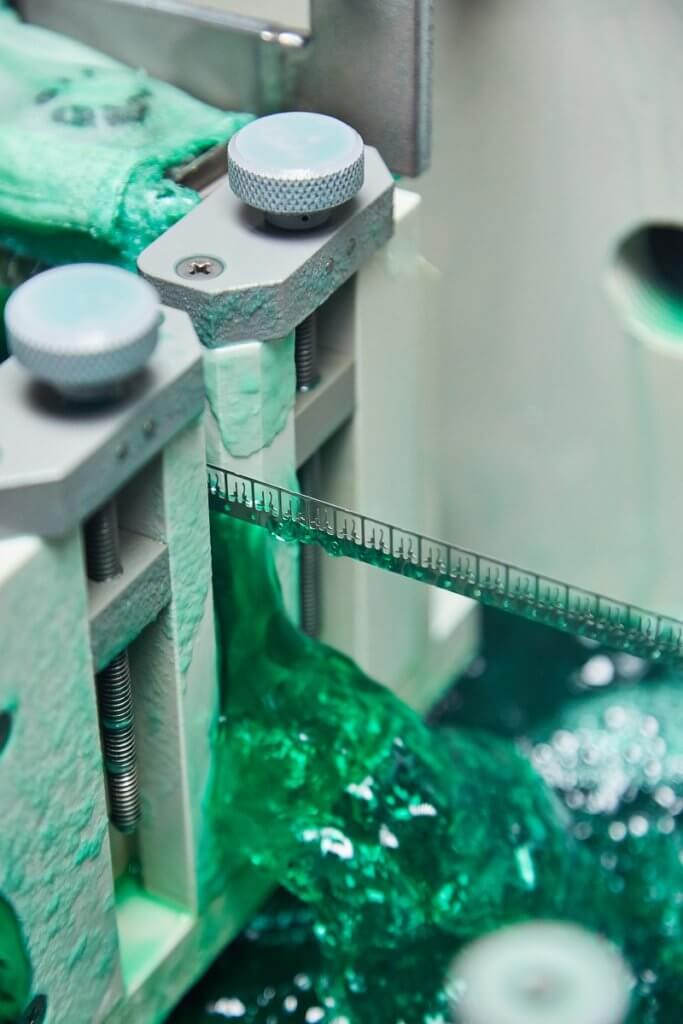
There are a huge number of variable factors at play in the operation of a plating line. It could be compared to a musical director attempting to conduct three orchestras at once. To ensure exactly the right plating thickness, the contact strips must have the correct electrical charge to ensure the plating process works correctly. The speed of the strip through the baths must also be closely monitored to make sure that the contacts are held in the solution for the right amount of time.
Just to make the process complicated, as more and more contacts are passed through the solution, more of the gold is deposited onto the contacts. This makes the solution weaker, and so to ensure that the last contact is identical to the first, the concentration of the solution must be regulated.
And finally, if the contact is to be selectively plated – the mating contact area gold and the tail tin – the strip must be immersed in the solution by just the right distance to prevent the contacts being plated in the wrong place.
The Result
The result is quite beautiful. A fully plated contact could easily be compared to fine jewelry, and just as much care has been invested in its manufacture. However, for the purposes of designing connectors, it is important to understand how the manufacturing process affects the performance of the contact. Everything from the base metal to the plating thickness will impact how the contact will do its job once installed in your equipment.
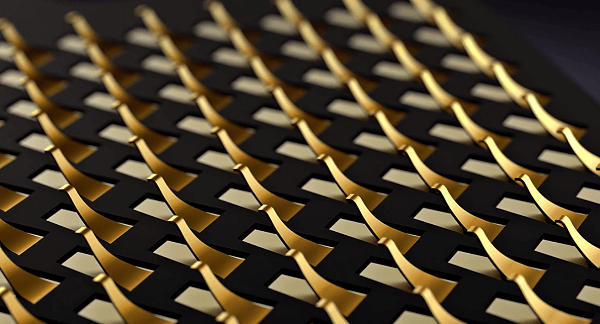
In the next and final part of this short series, we will uncover how to understand the performance of an electrical contact so that you can be certain that you have chosen the right product for your design.


